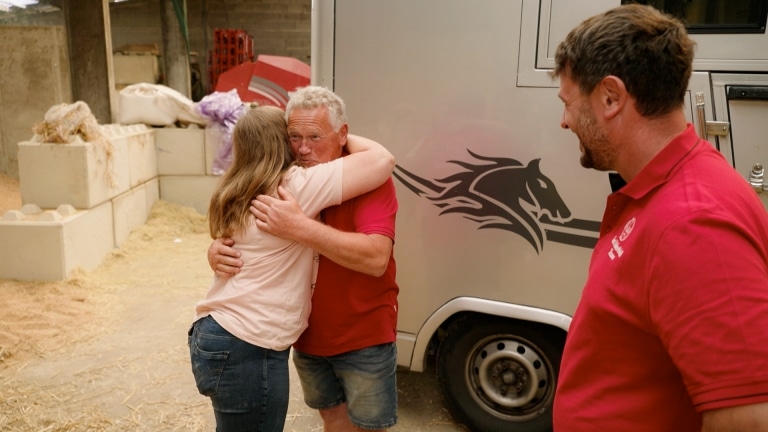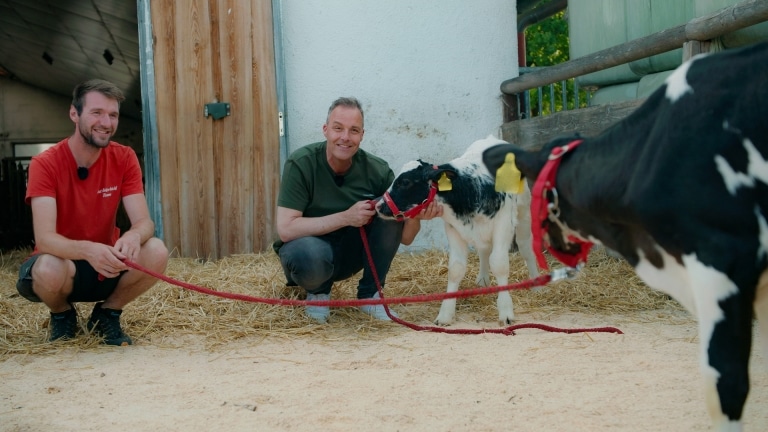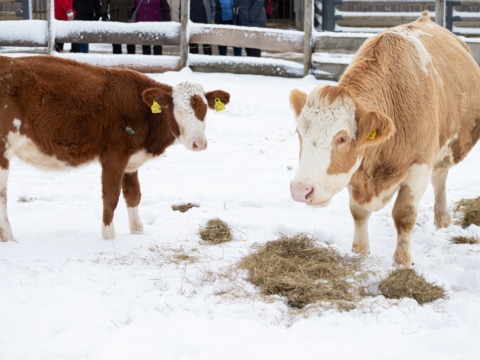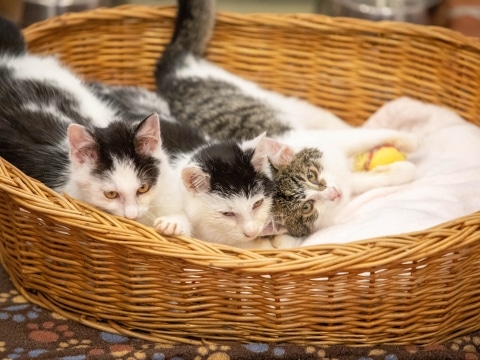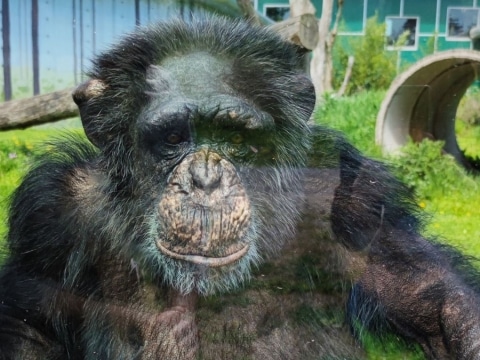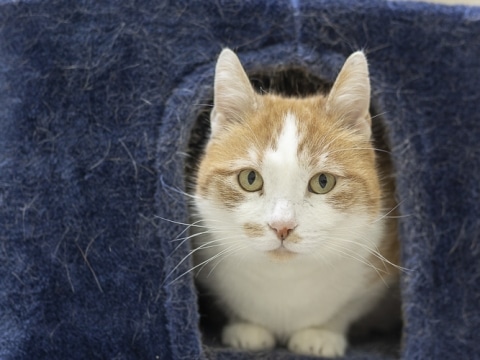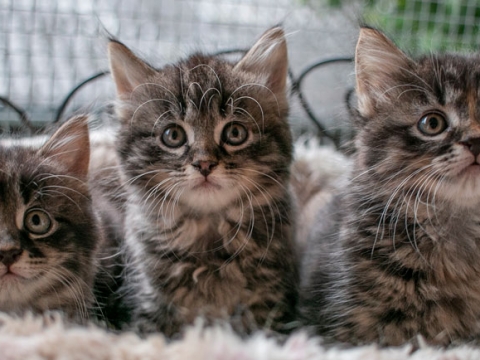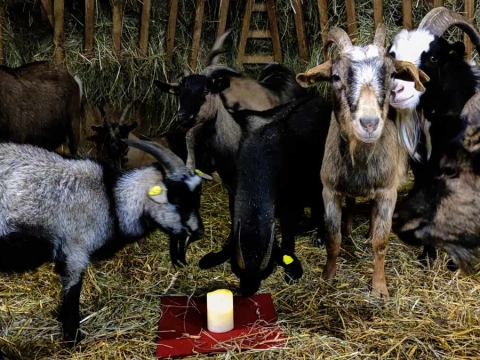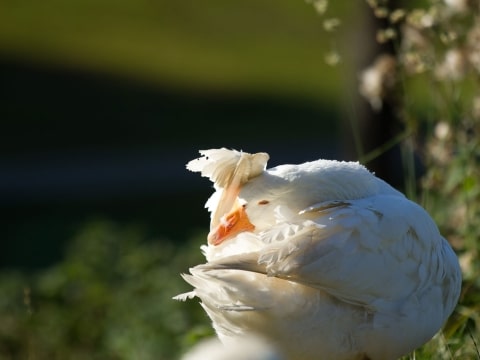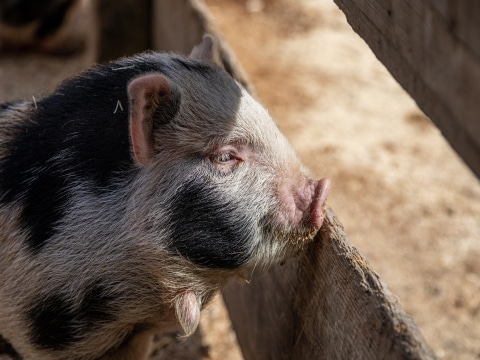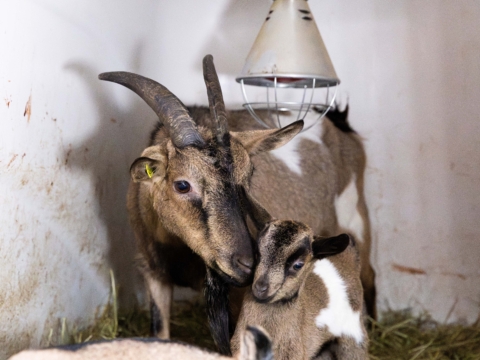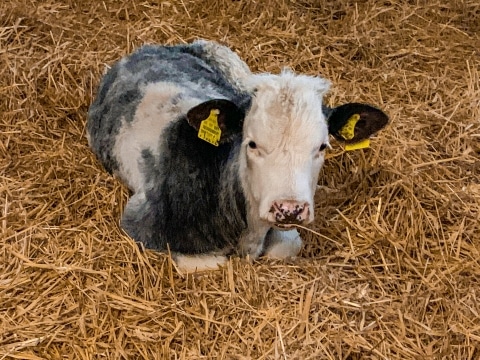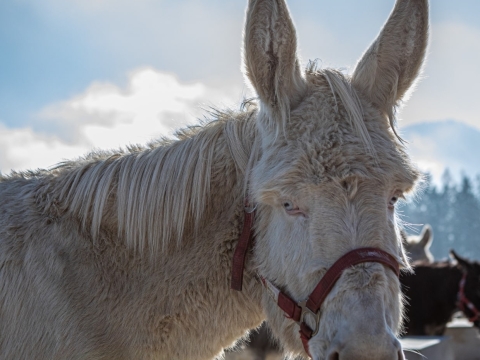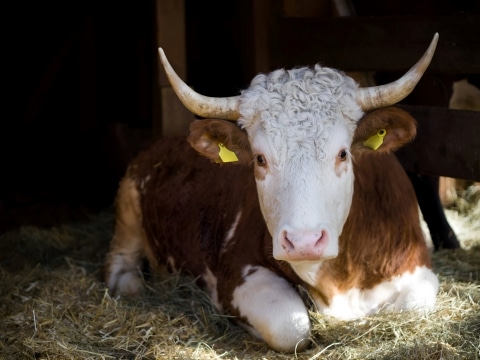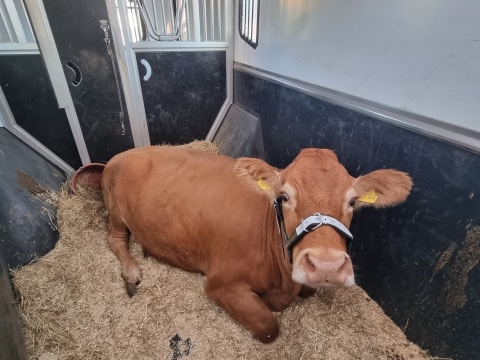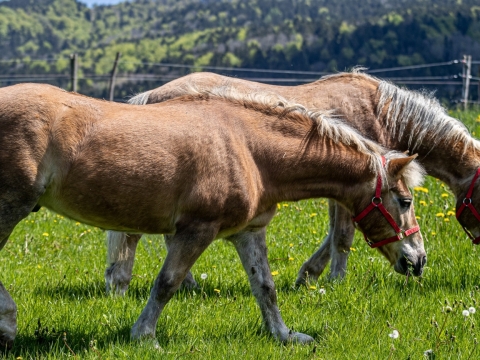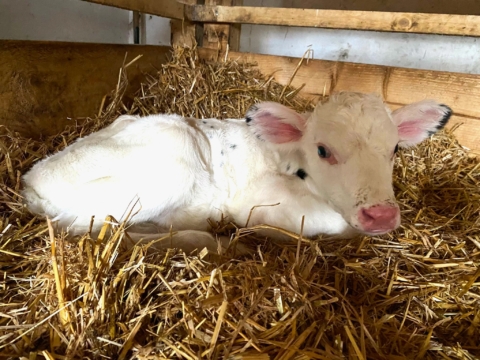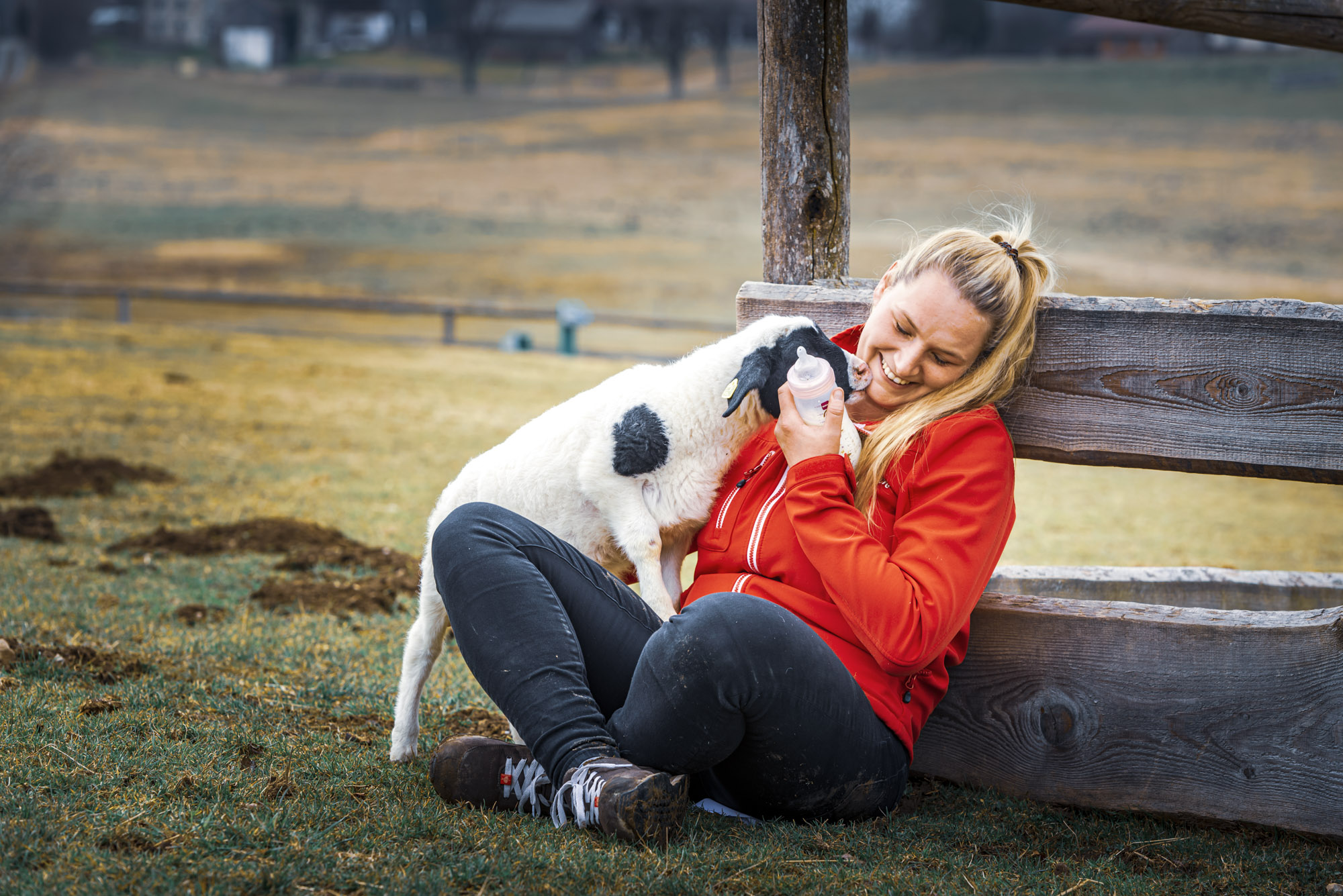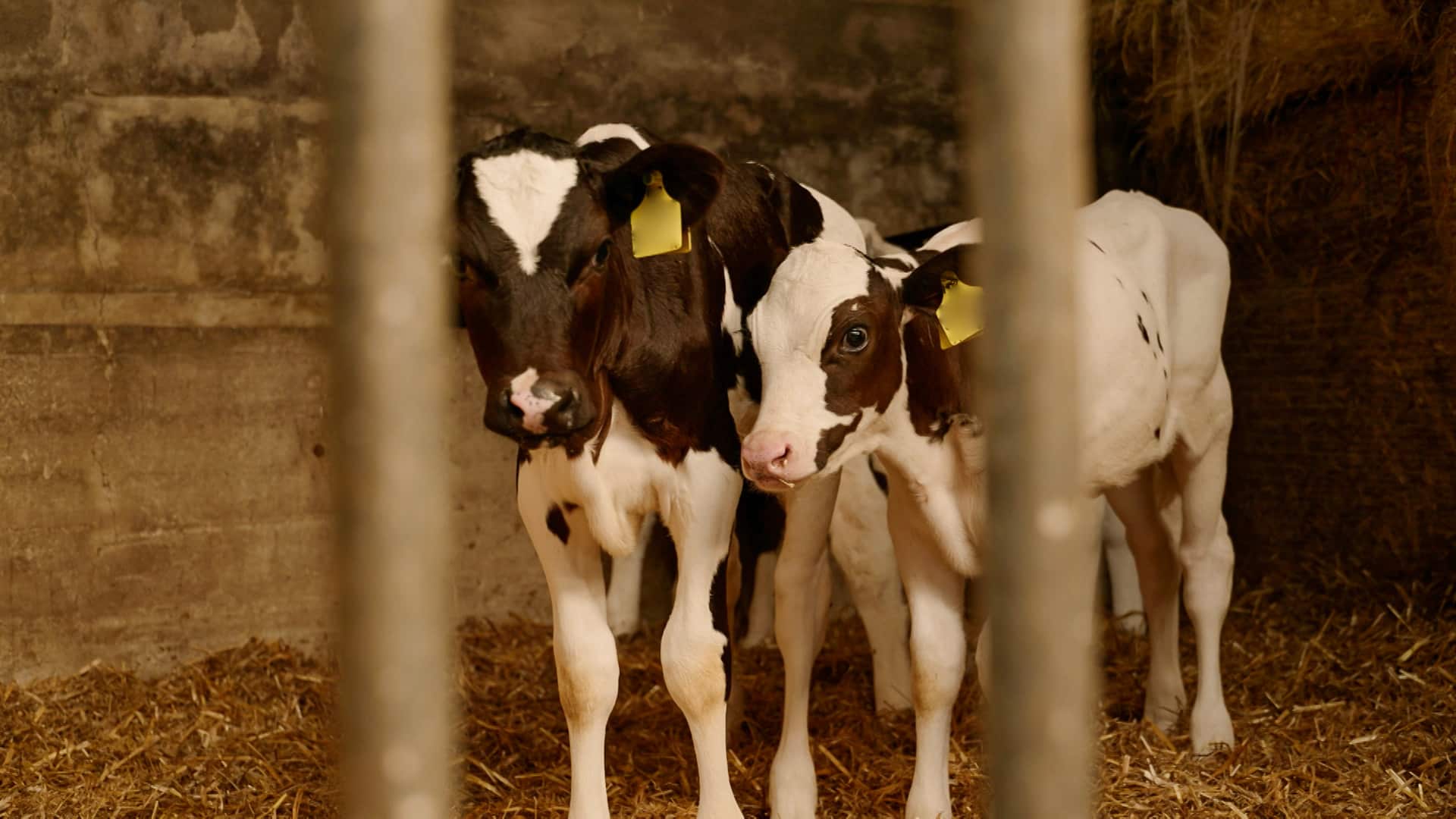
Heidi and Prinz
The calves of the dairy industry
Dairy farming is one of the most important production sectors in German and Austrian agriculture. But what many people forget: In order for cows to give milk, they must give birth to a calf every year. Raising and caring for the calves is expensive, making them a disruptive "byproduct" for farmers. Bull calves like Prinz are hit particularly hard. Their path leads them to fattening, and ultimately to the slaughterhouse.
Loud mooing greeted Tina Tulpe on her trip through the Eifel (Germany). Parked at a dairy farm, she also wanted to pet the baby calves in the igloos. Only one ventured outside and immediately started sucking on Tina Tulpe's hand. Mrs. Tulpe immediately fell in love with the little calf, which she assumed was a small bull. She had already read a lot about bull calves on dairy farms and also about the fact that male animals have no place in the consumer-driven dairy industry.
In the past, farms supplied milk and meat. Nowadays, many farms have specialized, and instead of the old breeds, they keep high-yielding cows that, through one-sided breeding, give many times the amount of milk they did a few decades ago. In the 1950s, a cow produced about 2,000 to 3,000 liters of milk per year; today, more than 10,000 liters of milk per year are no longer uncommon for high-performance cows, especially those of the Holstein Friesian breed. During the peak of lactation, this means up to 60 liters of milk per day. What is economically profitable, however, leads to a major problem: In order for the cows to continue to give milk, they have to give birth again and again. But where to put the calves?
(Photo: © Tina Tulpe)
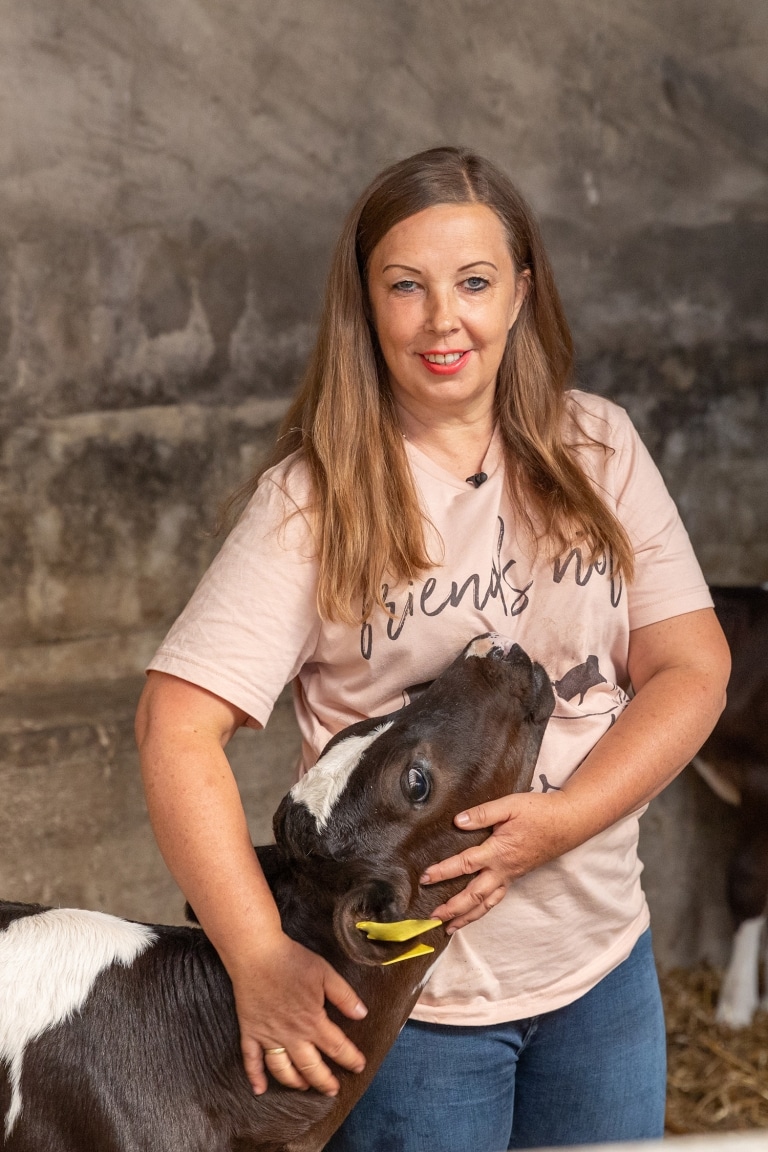
Where to put the baby calves?
After birth, the little calves are usually separated from their mother immediately. They spend their first days of life alone in calf igloos. Many female calves, like Heidi, are raised on the farm to continue their mothers' lives. The high milk yield genetically demanded of them takes its toll. Dependent on concentrated feed, they spend most of their lives in the barn, and after a few years their bodies are worn out. Often they are then sold for slaughter, emaciated and worthless. High-yielding dairy cows live on average only 4.5 years, while their natural life expectancy is a good 25 to 30 years.
However, bull calves from dairy farms, such as Prinz, are usually a great evil for farmers because they cost money to raise and produce little yield. The one-sided breeding for high milk yield means that they produce very little meat. Bull calves thus become an expensive "byproduct" for the dairy industry. Their journey leads them over days of torturous transport to a farm specializing in calf fattening, usually in the Netherlands or Spain, where they are kept in confined spaces and fed unnaturally long periods of milk so that their meat remains white. After only six to eight months their life ends in the slaughterhouse.
(Photo: © RTL)
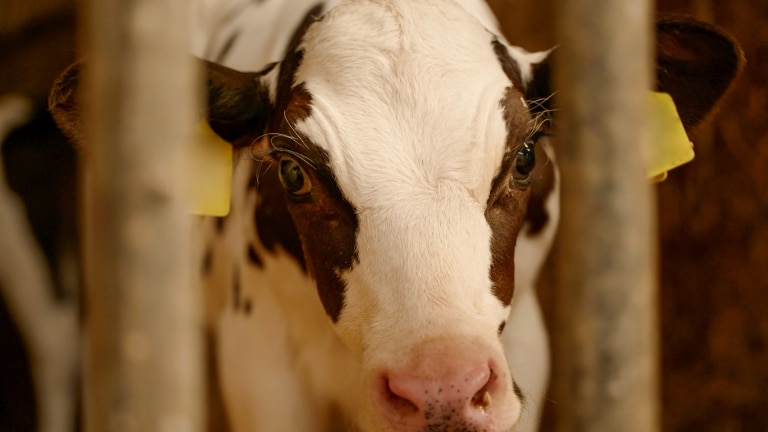
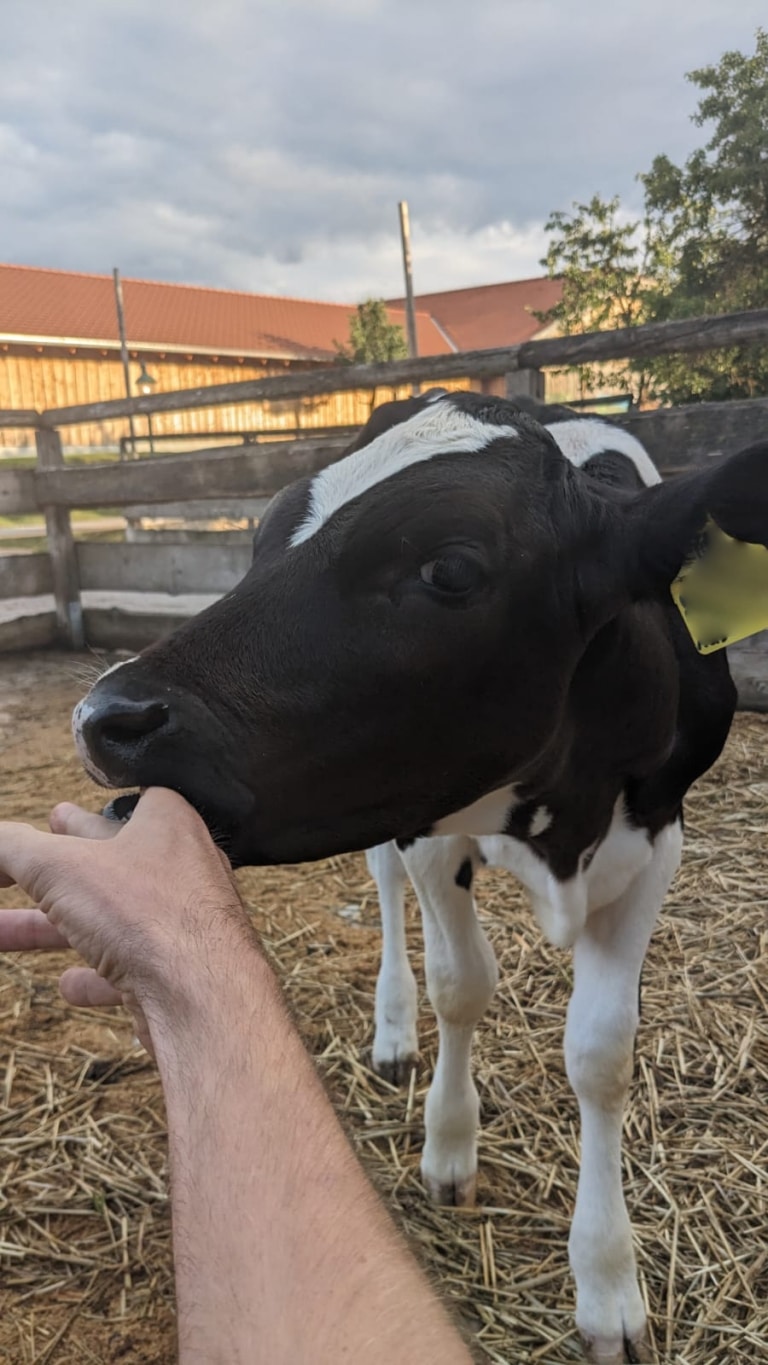
Prince had a guardian angel
This path would also have been intended for bull calf Prince. But he had a guardian angel. Tina Tulpe got involved for him. Through long-time godfather Thorsten Sleegers, contact was made with Gut Aiderbichl, and a commitment was immediately made: There is room for the sweet little calf at Gut Aiderbichl Iffeldorf! After several phone calls, the farmer agreed to sell Mrs. Tulpe the bull calf, but to her surprise, it was not the little calf from the igloo. As she later learned, this calf was a female baby, and was supposed to become an efficient dairy cow. Mrs. Tulpe did not want to accept this fate for the little animal. After tough negotiations, she was also able to give the second calf a carefree life at Gut Aiderbichl. "At first, the farmer did not want to give up the dairy cow under any circumstances," says Tina Tulpe. "The mother is genetically a particularly efficient dairy cow and Heidi, unlike Prinz, was valuable for the farm. But the farmer showed heart, and after tough negotiations, I was able to buy Heidi free as well, and protect her from exploitation by the dairy industry."
"Rescues like Prince's and Heidi's are essential to protect animals, but also bring attention to the suffering stories of millions of baby calves. Stories like this can only be ended if there is a change in the way the population thinks," said Dieter Ehrengruber, Managing Director and Chairman of the Foundation of Gut Aiderbichl.
(Photo: © RTL)
